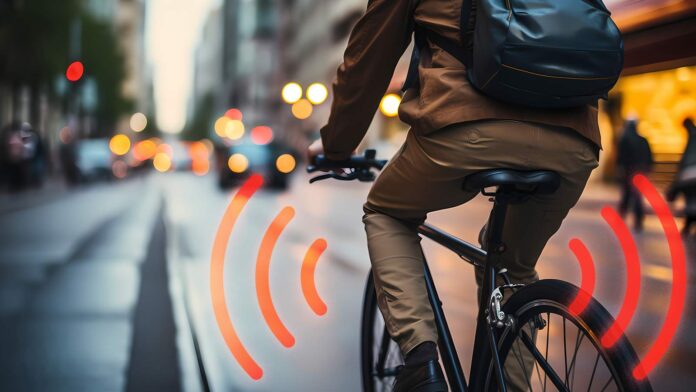Artificial intelligence-powered autonomous driving has proven to be more challenging than expected. Fully autonomous vehicles have yet to navigate city streets without human intervention due to the complexities of unpredictable traffic and countless obstacles. However, AI is still becoming a valuable tool in urban mobility. An example is the use of intelligent traffic lights as mentioned in the article on smart traffic lights. Now, cyclists can also benefit from AI with the introduction of new smart bicycle models.
The features of the new smart bicycles
Several projects are in the prototype phase or early stages of commercialization, primarily focusing on adding AI functionalities to bicycles to enhance cyclist safety and prevent collisions. Previous bicycle models with accident alerts solely relied on radar systems, limiting their ability to accurately assess risks. In contrast, the new generation of smart bikes utilizes AI technologies, cameras, and sensors to identify vehicles and pedestrians, providing real-time alerts to cyclists and drivers through light signals.
The current models share key features such as AI and sensors for vehicle detection, real-time alerts, safety enhancements, video recording for legal protection, and a battery life lasting between five to six hours on a single charge. These AI-powered devices combine real-time detection with proactive warning systems to enhance cyclist safety.
One manufacturer is collaborating with the City of Pittsburgh in the U.S. to share aggregated data from cyclists, improving infrastructure based on usage patterns. The first batch of models is available for $400, with prices expected to decrease with adoption.
A smart bike with ChatGPT integration
Some manufacturers are developing new bicycles with AI features, not solely focused on accident prevention. For example, a Hong Kong-based company revealed an electric bike with ChatGPT integration at CES 2024. This bike offers route directions, real-time exercise and vital signs data on a handlebar-mounted screen, with users being able to ask for training advice or recommendations for places to visit. The bike also includes a ring accessory to track sleep cycles, heart rate, and other health metrics, adjusting the motor assistance based on the user’s condition.
If you’re interested in learning more about the latest smart bicycle technologies and advancements in sustainable mobility, subscribe to our newsletter at the bottom of this page.
Sources
Images




